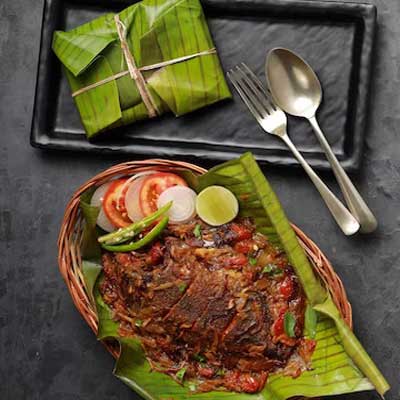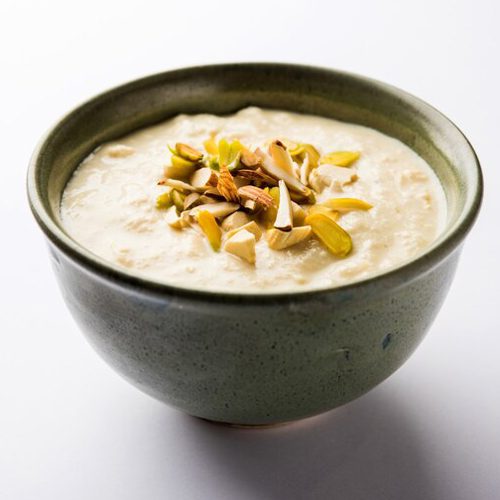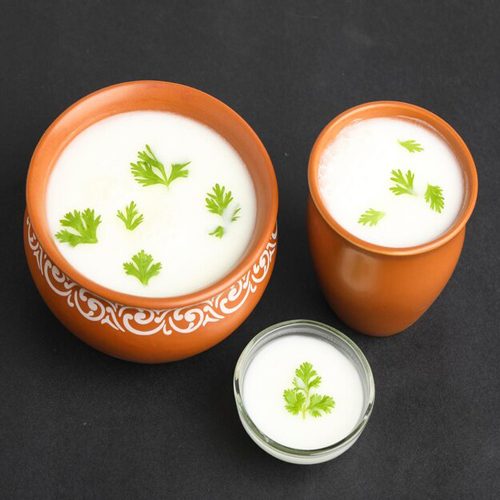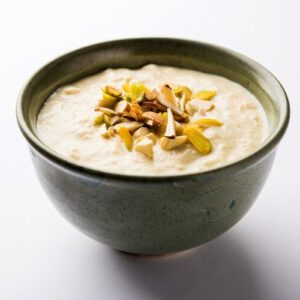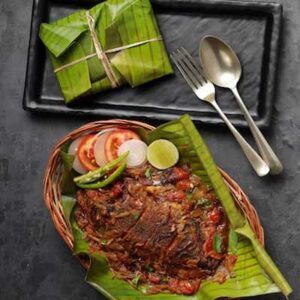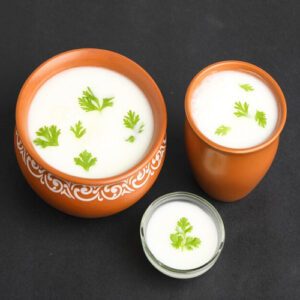Cuisines of Northern Bengal
“Northern Bangladesh, covering the Rangpur and Rajshahi Divisions, boasts a variety of mouthwatering delicacies that everyone should try at least once. Exploring the wonderful foods of Northern Bangladesh will be an experience like no other.
I’ve already briefly mentioned some of the culinary delights of Northern Bengal in my ‘Regional Specialities of Bangladeshi Cuisine’ blog, including sweets, yogurt, Koi Paturi (Koi fish cooked in banana leaves), and Santal dishes and many more. In this blog I will get into more details of the joy of food we can find in our Northern parts of Bangladesh.
Sweets of the North: This region is renowned for its dairy products, and it’s no surprise that they have some delicious sweets and yogurt (doi) to offer. Most of the local sweet shops have really good sweets and yogurt in Rangpur, Dinajpur, Rajshahi and neighboring areas. However if you are in search of famous local shops here are some must-visit options:
- Pabna Sweets, Jolojog Sweet Mit, Sananda Elegant Sweet Meat, Ma Mishtanno Bhandar in Dinajpur.
- King Sweets, Pusti Misti, Nonigopal Mistanno Bhandar in Rangpur.
- Benglar Rasgolla, Noborup Sweet Shop in Rajsahi.
Insider tip, having had my maternal grandparents’ house (Mama bari) in Dinajpur, I can vouch for the breakfast offerings at these sweet shops as well – they are an absolute delight. Make sure to try them whenever you find yourself in North Bengal.
Beef and pumpkin dish from Rangpur: This recipe from the Rangpur region involves dry roasting meat and spices in oil, and then adding small pieces of pumpkin to the beef. Gradually add water and continue roasting. A cumin-sauced seasoning is added for a delicious touch. This recipe can be used with beef with water gourd or tomatoes, by swapping out the pumpkin for a combination of the two.
Alur Daal (Rangpur/Dinajpur): Alur Daal is a simple potato curry made by boiling five to six large potatoes and breaking them in half. Heat oil in a pan, add spices like panch phoron, bay leaves, and dry chillies, and add ghee for flavor. Add onions, ginger, turmeric, and salt, stir, and lower the heat. Add potatoes and simmer for eight to ten minutes, adding water as needed. Check the curry’s density and add sugar and cumin as needed. In winter, ripe tomatoes can be added, and chopped coriander leaves and split chillies can be used instead of cumin. For a sweet-and-sour flavor, add tamarind. This dish pairs well with rice, paratha, luchi, and roti. In Rangpur, boiled eggs are added for a unique and tasty curry.
Sholka and Shidol, dishes on the verge of extinction: ‘Sendol’ or ‘Sindol’ is a popular traditional dish made from dried fish. Another traditional dish of Rangpur is called ‘Sholaka’. This regional dish is cooked with jute and soda. Yogurt and the sweets of Rangpur are also delicious. Ghosh Bhandar and Pusti sweet shops are very famous all over Rangpur. If you are a foodie, Rangpur will not disappoint.
The difficult and delicate cooking technique involved has been blamed for the extinction of indigenous cuisines such as ‘sholka’ and ‘shidol’ in Rangpur, Bangladesh. Small fish are ground and mixed with mashed arum, salt, pepper, ginger, and other spices before being coated with turmeric and mustard oil. These dishes are even more unique because they are stored in ash and become delicious after cooking with various fishes.
Shidol is made by washing and drying little fish for five to six days, then grinding them with mashed arum and coating them with turmeric and mustard oil. Shidol’s preservation is much more unique, as it is stored in ash and becomes delicious after cooking with various fishes. Meanwhile,’sholka’ is made using various types of spinach, with curly leaves and taro stem serving as two of the main elements.
Because of the complicated preparation of these meals, many people, including those from Rangpur, have never tried them. Due to the difficult cooking process, hotel and restaurant proprietors in the region claim that certain foods are not available. Rehnuma Taskin, a mechanical engineering student at Rajshahi University of Engineering and Technology, grew up in Rangpur but has never had any of the above traditional meals.
Koi Paturi: Biral Upazila is known for its Koi Paturi, a traditional dish where raw fish is wrapped in a specific leaf and steamed together. The fish is smeared in Jeera paste and wrapped in a lau pata, which is made from bottle gourd leaves. The fish is marinated with turmeric, salt, and sugar, allowing the spices to penetrate the fish’s flesh. The cumin paste, made from cumin seeds and green chili, is the star of the dish. Tender bottle gourd leaves are used to envelop the fish, forming neat parcels that are cooked on a griddle until crisp and tender. The smoky aroma of mustard oil adds an authentic touch to the dish. Koi Mach Paturi is a true gastronomic delight and pairs well with steamed rice.
Santal Cuisine: The Santals are a major ethnic group in Bangladesh, primarily living in Rajshahi division districts. They live a poor life, selling their labor in tea gardens and this reflects in their cuisine. Their main food items include rice, fish, vegetables, crabs, pork, chicken, beef, squirrel meat, jute spinach (nalita), ducks, chicken, birds, and turtle eggs. They also enjoy drinking hadia, a putrefied rice liquor, and home-distilled mahua or palmyra syrup. Santal women are skilled in making various types of cakes.
In addition to these, some other noteworthy food items include Chomchom, Kolaiyer Ruti, Sondesh, Panitoa, and Rashmalai from Shirajgonjer, Harivanga Aam from Rangpur, Lichi from Rajshai and Kacha Golla from Natore. Hasher mangsho (duck meat preparations) from various areas in Northern Bengal are also quite renowned. There might be more delicious dishes from this region that I’m not familiar with. Feel free to share in the comments if I’ve missed something.

